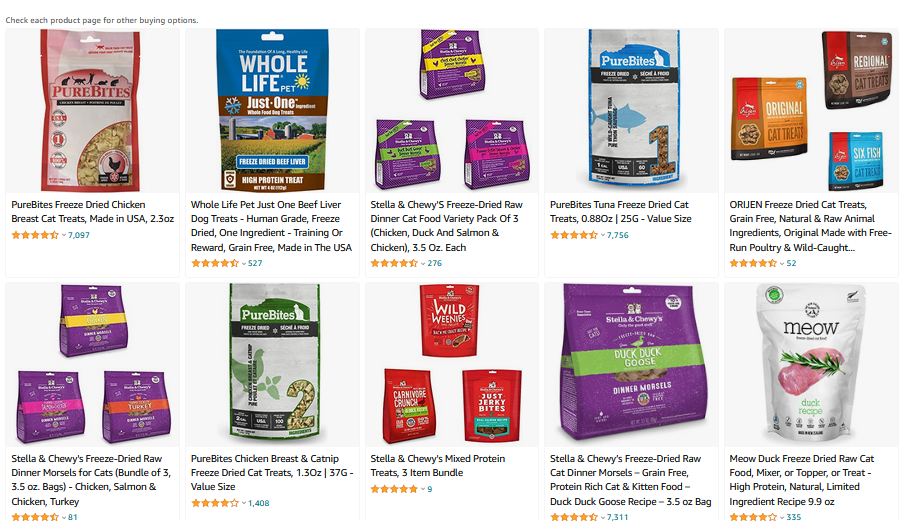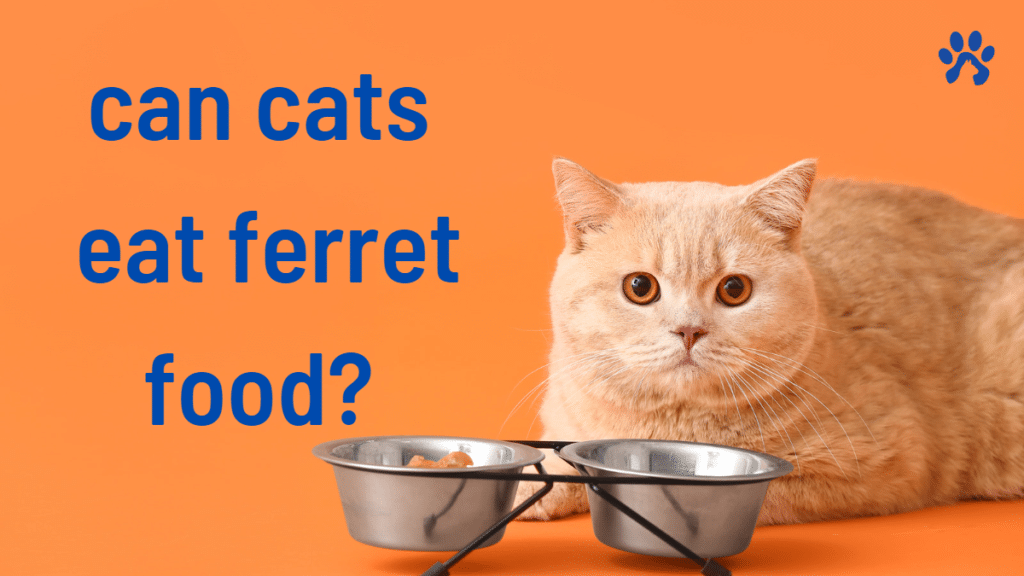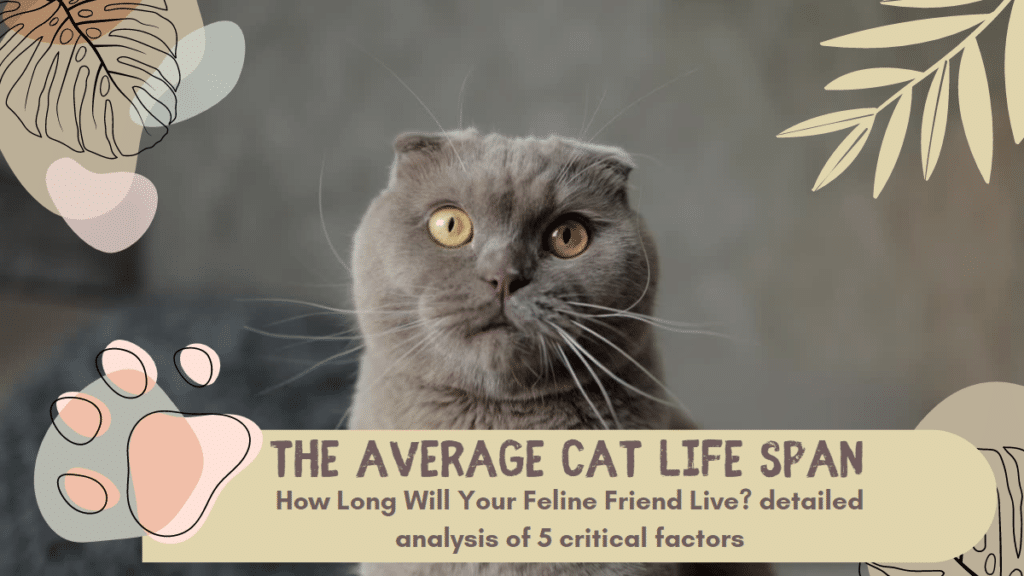Can Cats eat Veggie Straws:
Cats are notorious for their finicky eating habits, and as a loving cat owner, it’s natural to want to share some of your favorite snacks with them. Veggie straws have gained popularity among health-conscious individuals, but can cats safely enjoy these crunchy treats? In this article, we’ll delve into the question of whether cats can eat veggie straws and explore healthier alternatives that cater to their nutritional needs.
Introduction:
As pet owners, we often want to treat our cats with something different from their regular diet. Veggie straws, with their colorful appearance and tempting crunch, might seem like an appealing choice. However, it’s crucial to remember that cats have unique dietary requirements that differ from ours. Let’s explore whether veggie straws are a safe option for cats and discover some healthier alternatives that can satisfy their cravings while supporting their well-being.
Can Cats Eat Veggie Straws?
While veggie straws may be a tasty snack for humans, they are not an ideal choice for our feline friends. Cats are obligate carnivores, which means their bodies are designed to thrive on a diet primarily consisting of meat. Unlike humans, cats require certain nutrients, such as ta urine and arachidonic acid, which are only found in animal-based protein sources.
Understanding a Cat’s Nutritional Needs
To provide optimal care for our cats, it’s essential to understand their nutritional requirements. Cats need a diet that is high in protein and fat, with limited carbohydrates. These carnivorous creatures rely on animal-based protein for essential amino acids, as well as fat for energy and the absorption of fat-soluble vitamins. Additionally, cats require specific nutrients like ta-urine, which is crucial for their heart and eye health.
The Risks of Feeding Veggie Straws to Cats
Feeding veggie straws to cats can pose several risks to their health. Firstly, these snacks are primarily composed of plant-based ingredients and lack the essential nutrients that cats need to thrive. Regularly providing veggie straws as part of a cat’s diet can lead to nutrient deficiencies and imbalances, potentially causing long-term health issues.
Furthermore, veggie straws often contain added seasonings, such as salt or spices, which can be harmful to cats. Cats have a lower tolerance for sodium, and excessive salt intake can lead to dehydration and kidney problems. Additionally, the spices used in veggie straws may cause digestive upset or allergic reactions in some cats.
10 Healthier Alternatives to Veggie Straws for Cats:
If you’re looking to treat your cat with something special, there are 10 healthier alternatives to veggie straws that can satisfy their cravings while supporting their nutritional needs. Consider the following options:
Raw or Cooked Meat:
Cats are obligate carnivores, and offering small, bite-sized pieces of cooked meat like chicken, turkey, or lean beef can be a protein-rich treat. Cook the meat thoroughly, remove any bones, and avoid seasoning or additives. Meat treats provide a natural and nutritious option for cats,
fulfilling their carnivorous instincts and providing essential amino acids. However, it’s important to feed meat treats in moderation to maintain a balanced diet and prevent weight gain or digestive issues.

Freeze-Dried Meat Treats:
Freeze-dried meat treats are a convenient and healthy alternative to veggie straws for cats. These treats are usually made from high-quality meat, such as chicken, turkey, or fish, and undergo a freeze-drying process that preserves the nutritional value while removing moisture.
They are typically free from additives or fillers, making them a protein-rich option. Freeze-dried meat treats provide a crunchy texture that many cats enjoy, and they can be easily stored and used as occasional rewards or training incentives. When choosing freeze-dried treats, opt for reputable brands that prioritize quality ingredients and follow proper manufacturing processes.
Fish Treats:
Cats often have an innate preference for the taste of fish, making fish treats a popular choice. Freeze-dried fish treats or small pieces of cooked fish like salmon or tuna can be offered as a special snack. It’s important to ensure the fish is fully cooked, boneless, and does not contain any added seasoning or oils.
Fish treats can provide omega-3 fatty acids, which promote healthy skin and coat in cats. However, it’s worth noting that fish should be given in moderation, as some cats may have sensitivities or allergies to certain types of fish. Additionally, fish treats should not be the sole source of nutrition, as excessive fish consumption may lead to thiamine deficiency in cats.
Catnip Treats:
Catnip treats can be a delightful option for cats that are sensitive to the herb’s effects. Catnip, also known as Nepeta cataria, can stimulate cats’ senses and provide a playful experience. These treats are typically infused with catnip or contain catnip as an ingredient.
It’s important to note that not all cats respond to catnip, as the sensitivity is genetically determined. If your cat does respond to catnip, offering catnip treats can be a fun and enjoyable way to provide entertainment and mental stimulation. However, it’s essential to give catnip treats in moderation to prevent over stimulation and to ensure your cat’s overall well-being.
Cooked Vegetables:
While cats are primarily carnivores, some may show interest in small amounts of cooked vegetables as an occasional treat. Vegetables like carrots, peas, or green beans can be lightly cooked until tender and offered in small, manageable pieces. These vegetables can provide a bit of variety in taste and texture. However, it’s important to remember that the majority of a cat’s diet should consist of animal-based proteins.
Vegetables should never replace the main source of nutrition for cats, and it’s crucial to avoid seasoning or additives that may be harmful to feline health. Monitor your cat’s response to cooked vegetables, and if they show signs of digestive discomfort or disinterest, it may be best to focus on protein-rich treats instead.
Dental Treats:
Dental treats are specially designed to support oral health in cats. These treats often have a crunchy texture and unique shapes that help reduce plaque and tartar buildup, promoting healthier teeth and gums. Dental treats are formulated to encourage chewing,
It can help remove debris and massage the gums. When selecting dental treats for your cat, opt for products that have received the Veterinary Oral Health Council (VOHC) seal of approval. Remember that dental treats should be given as part of an overall oral hygiene routine, including regular brushing and veterinary dental care. They should not replace professional dental cleanings or routine dental care for your cat.
Homemade Treats:
Making homemade treats for your cat can be a rewarding experience. You can use cat-safe ingredients like canned tuna, cooked chicken, or baby food (without onions or garlic) to create delicious and nutritious treats. Mix the ingredients with a small amount of flour to create a dough, shape them into small treats, and bake them until they are cooked through. Homemade treats allow you to have control over the ingredients and can be customized to suit your cat’s preferences and dietary needs. However, it’s essential to ensure that the ingredients you use are safe and suitable for cats.
Avoid using ingredients that are toxic to cats, such as onions, garlic, chocolate, or artificial sweeteners. Additionally, moderation is key when offering homemade treats, as excessive consumption can lead to weight gain or dietary imbalances.
Cat Grass:
Cat grass is a type of grass that is safe and beneficial for cats to nibble on. It’s usually a mixture of grasses like wheat grass or oat grass, which can provide fiber and aid in digestion. Offering a pot of cat grass indoors can help satisfy your cat’s natural instinct to chew on grass, reducing the likelihood of them munching on potentially harmful plants. Cat grass can also assist in the natural elimination of hairballs by aiding the passage of ingested hair through the digestive system.
You can find cat grass kits at pet stores or even grow your own by following the provided instructions. Remember to monitor your cat’s consumption of cat grass and ensure they don’t ingest an excessive amount that could lead to digestive issues.
Dehydrated Chicken or Turkey Jerky:
Dehydrated chicken or turkey jerky treats are made by removing moisture from the meat, resulting in a chewy and flavorful
texture that many cats enjoy. Look for dehydrated meat treats that are made from single-ingredient, human-grade chicken or turkey without any added preservatives or seasoning. These treats provide a concentrated source of protein, making them a satisfying and healthy alternative to veggie straws.
Dehydrated meat treats are typically rich in nutrients and can serve as a source of essential amino acids for your cat’s overall well-being. Due to their chewy texture, these treats can also help promote dental health by encouraging cats to chew, which can assist in reducing plaque and tartar buildup. However, it’s important to feed dehydrated meat treats in moderation to avoid over consumption and potential weight gain. Always follow the feeding guidelines provided by the manufacturer and consider your cat’s individual dietary needs.
Interactive Treat Toys:
Interactive treat toys or puzzle feeders are an excellent way to provide both mental stimulation and physical activity for your cat while offering a small amount of kibble or treats. These toys are designed to challenge your cat’s problem-solving skills, as they need to figure out how to access the treats hidden inside. By engaging in interactive play, cats can exercise their natural hunting instincts, promoting physical exercise and mental engagement.
These toys come in various shapes and designs, ranging from treat balls to puzzle boxes. They can be filled with a portion of your cat’s daily kibble or small, healthy treats to make mealtime more exciting and rewarding. However, it’s important to choose appropriate treat sizes that can easily dispense from the toy, ensuring that your cat can access them without frustration. Regularly clean the interactive toys to maintain hygiene and freshness, and supervise your cat during playtime to prevent any potential hazards.
Conclusion:
In conclusion, providing a variety of healthier alternatives to veggie straws can contribute to a balanced and nutritious diet for your cat. Raw or cooked meat, freeze-dried meat treats, fish treats, catnip treats, cooked vegetables, dental treats, homemade treats, cat grass, dehydrated chicken or turkey jerky, and interactive treat toys are all options to consider.
These alternatives offer a range of flavors, textures, and nutritional benefits that can cater to your cat’s preferences and dietary needs. Remember to introduce new treats gradually, monitor your cat’s response, and consult with your veterinarian to ensure the treats align with your cat’s specific health requirements.
While treats can be a delightful way to bond with your feline companion and provide additional stimulation, it’s important to keep moderation in mind. Treats should complement a well-balanced diet and should not make up a significant portion of your cat’s calorie intake.
Additionally, always prioritize the quality and safety of the treats you offer, ensuring they are free from harmful additives, seasonings, and toxic ingredients. By incorporating these healthier alternatives into your cat’s treat rotation, you can provide them with a variety of enjoyable options while promoting their overall health and well-being.
You May Also Like: can a bug zapper kill a cat? 7 point Comprehensive Guide to Keeping Your Feline Friends Safe

